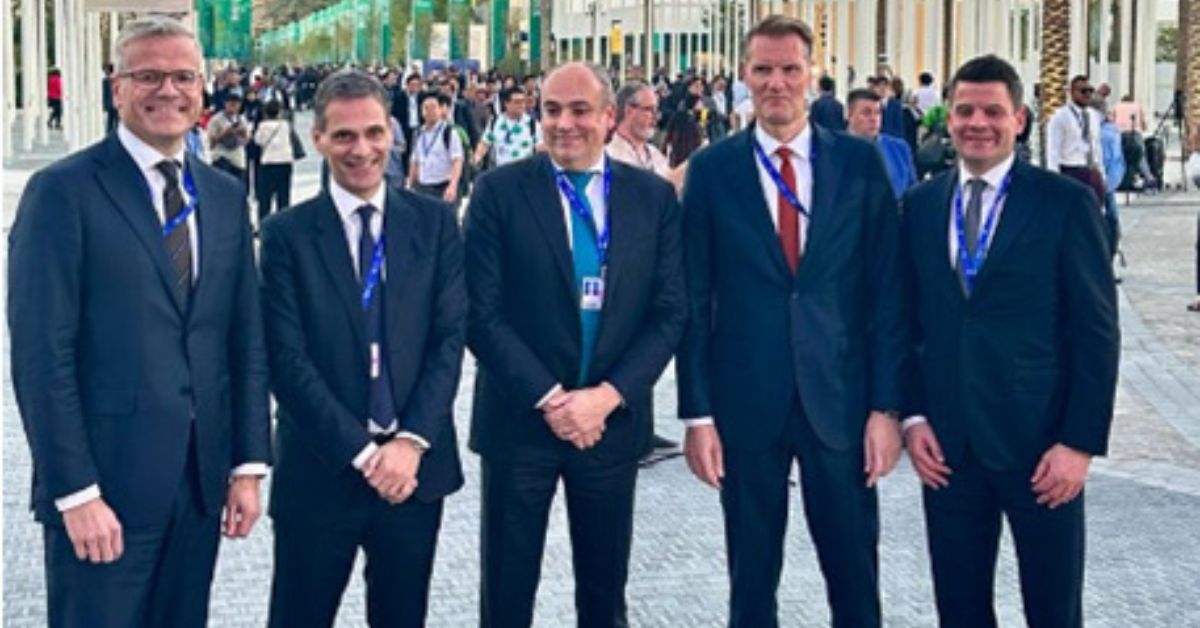The only realistic way, according to CEOs, to meet IMO’s 2030, 2040, and net-zero 2050 greenhouse gas (GHG) targets is the transition from fossil to green fuels at scale and at pace.
Vincent Clerc, CEO of Maersk, believes that an important next step to the green transition of the shipping industry is the introduction of regulatory conditions which will maximise the greenhouse gas emission reduction per invested dollar.
“This includes an efficient pricing mechanism to close the gap between fossil and green fuels and ensuring that the green choice is easier to make for our customers and consumers globally,” he said.
The leaders of MSC, Maersk, Hapag-Lloyd, CMA CGM and Wallenius Wilhelmsen are convinced that closer collaboration with IMO regulators will produce effective and concrete policy measures needed to underpin the investment within maritime shipping and its ancillary industries that will enable decarbonisation to occur at the pace required.
Soren Toft, CEO of MSC, commented, “The support of Governments across the world will be an essential element to reach our common goal and among those efforts we want to see an end to delivery of ships that can only run on fossil fuels. Without the full support from other stakeholders particularly energy providers, it will be extremely difficult to meet those objectives – no one can do this alone. Today it feels like we are one step closer in this regard, but concrete supply of alternative fuels and globally recognised GHG pricing are essential to achieve our goals.”
The joint declaration of the CEOs calls for the establishment of four regulatory “cornerstones”:
An end date for new building of fossil fuel-only vessels and a clear GHG Intensity Standard timeline to inspire investment confidence, both for new ships and the fuel supply infrastructure needed to accelerate the energy transition.
An effective GHG pricing mechanism to make green fuel competitive with black fuel during the transition phase when both are used. This can be done by distributing the premium for the green fuels across all the fossil fuel used. With low initial volumes of green fuels any inflationary effects are minimised. The mechanism must also feature an increasing regulatory incentive to achieve deeper emissions reductions. Furthermore, beyond covering the ‘green balance fee’, revenue generated by the mechanism should go to an RD&D fund and to investments in developing countries to ensure a just transition that leaves no one behind.
A vessel pooling option for GHG regulatory compliance where the performance of a group of vessels could count instead of only that of individual ships, ensuring investments are made where they achieve the greatest GHG reduction and thereby accelerating decarbonisation across the global fleet.
A Well-to-Wake or lifecycle GHG regulatory basis to align investment decisions with climate interests and mitigate the risk of stranded assets. Rolf Habben Jansen, CEO of Hapag-Lloyd, stated, “We believe that a regulatory framework and clear targets are crucial to accelerating the introduction of alternative fuels and reducing our carbon footprint.”








